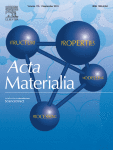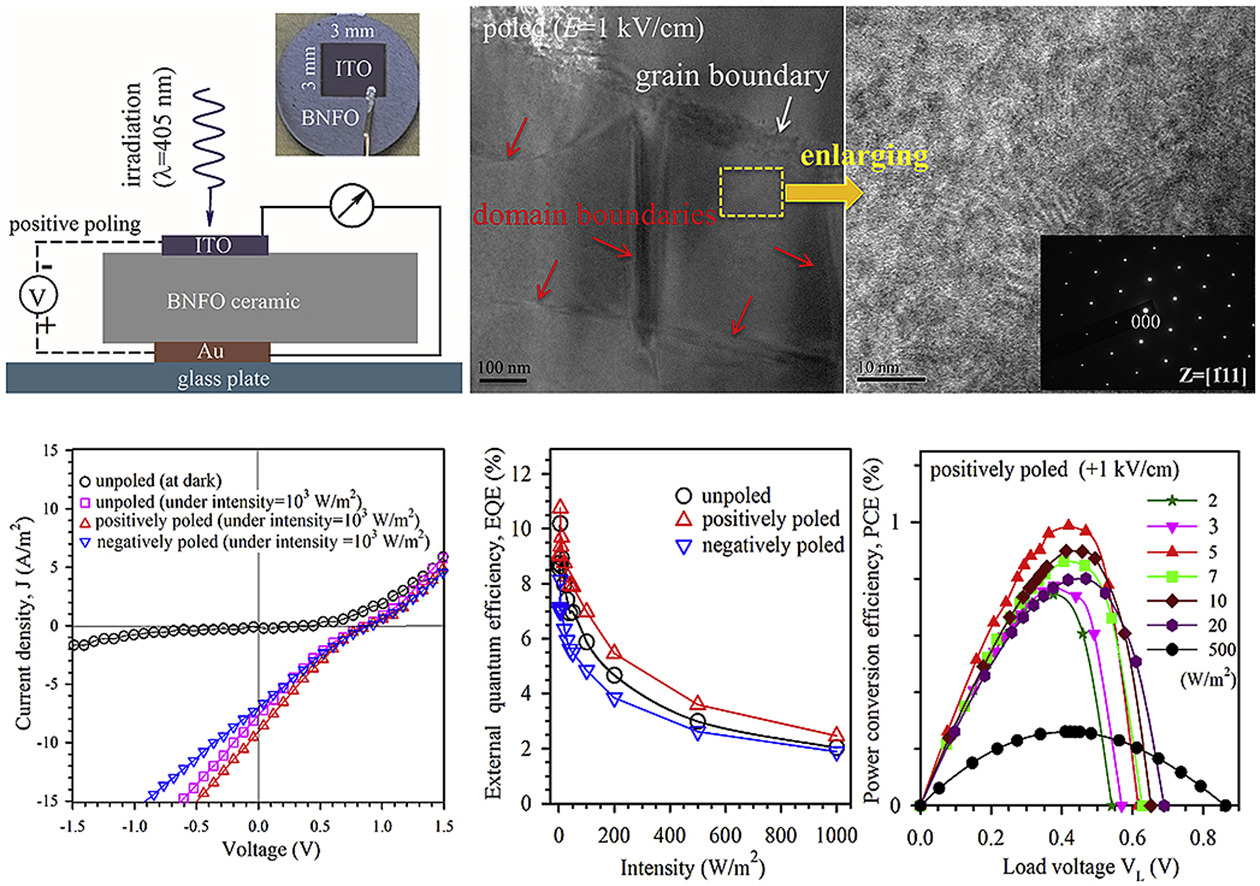Featured Scientist

Author published in"Acta Materialia"affiliate to
College of Science and Engineering
Chi-ShunTu
Department of Physics,
Fu Jen Catholic University, New Taipei City, 24205, Taiwan
Article published in
"Acta Materialia" Volume 176, 1 September 2019, Pages 1-10
Polarization-modulated photovoltaic conversion in polycrystalline bismuth ferrite
Above-bandgap photovoltages in lead-free perovskite BiFeO3 have been substantially studied for energy harvesting and photocatalytic applications. However, most reported photocurrents and conversion efficiencies are still too small due to wide bandgaps. Remarkably large and durable field-modulated external quantum efficiency (EQE) ∼11% and power conversion efficiency (PCE) ∼1% have been achieved under 405 nm irradiation in polycrystalline Nd-doped BiFeO3 (BNFO) ceramic with a bandgap Eg∼2.12–2.24 eV. The photovoltaic voltage and current density can reach ∼0.9 V and ∼8.0 A/m2 after poling (E = 1 kV/cm) at irradiation intensity 103 W/m2. The p-n-junction layer between indium tin oxide (ITO) thin film and BNFO ceramic is the primary mechanism for the field-modulated photovoltaic responses in conjunction with the polarization-induced Schottky-barrier modulation. The field-induced domain nucleation within the grains and nanodomains play important roles for the enhanced photocurrent and conversion efficiencies.[Full article]

Keywords: Power conversion efficiency, External quantum efficiency, Bandgap, Schottky barrier, Junction layer
32 views